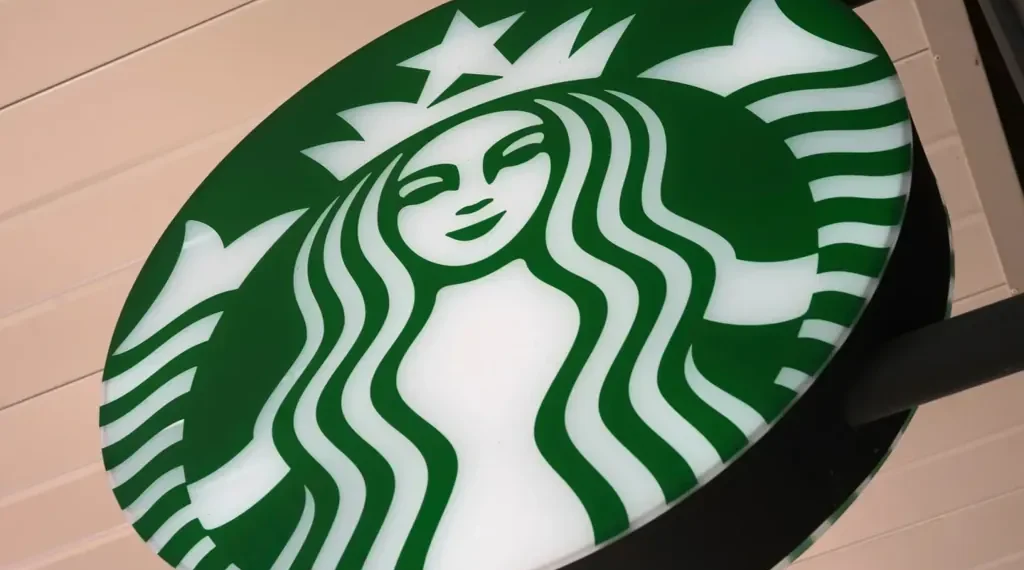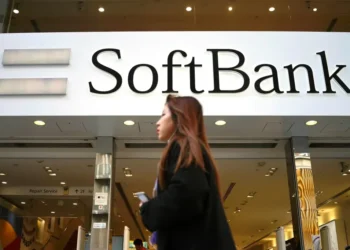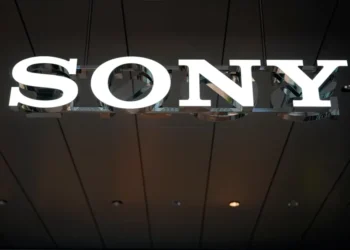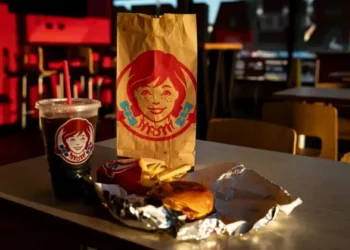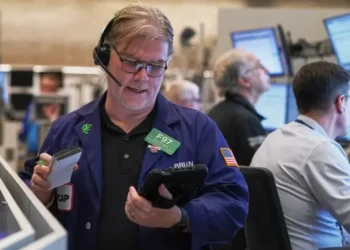Unionized Starbucks Workers Stage Walkout on Red Cup Day
More than 1,000 unionized Starbucks employees across the United States walked off the job Thursday, kicking off a strike at 65 stores in protest of the company’s stalled contract negotiations. The timing coincides with Red Cup Day, one of the coffee chain’s busiest promotional events, when Starbucks gives away free reusable cups to customers who purchase a holiday drink.
The strike, organized by Starbucks Workers United, targets high-traffic stores in 45 cities, including New York, Philadelphia, Minneapolis, San Diego, St. Louis, Dallas, Columbus, and the company’s hometown of Seattle. Organizers said the action is open-ended, with additional stores ready to join if Starbucks fails to reach an agreement.
Despite the walkout, Starbucks emphasized that the vast majority of its 10,000 company-owned U.S. stores — plus 7,000 licensed locations — remain open and operating normally.
A Labor Dispute Brewing Since 2021
The strike reflects mounting frustration among employees over the company’s failure to finalize a first union contract. The first Starbucks store to unionize was in Buffalo, New York, in 2021, sparking a nationwide movement among baristas seeking better wages, scheduling, and workplace protections.
In late 2023, the company promised to complete contract negotiations by the end of 2024. However, workers say that progress has slowed since former CEO Laxman Narasimhan — who made that pledge — was replaced by Brian Niccol, the company’s current chairman and CEO.
Workers Demand Higher Pay and Fairer Hours
Unionized workers say they are striking for better pay, improved staffing levels, and more consistent scheduling. Many employees report they aren’t getting the 20 hours per week required to qualify for benefits. Others cite rising workloads and understaffed stores leading to longer customer wait times.
The union has also accused Starbucks of retaliating against union supporters and closing unionized stores, claiming 59 locations were shut down in September under what the company called a reorganization plan.
Workers are also pushing for Starbucks to address hundreds of unfair labor practice charges related to alleged firings, policy changes, and restrictions on restroom use for non-paying customers.
Starbucks Defends Its Wages and Benefits
In response, Starbucks maintains that it already provides the best compensation and benefits in retail, with an average pay and benefits package worth $30 per hour.
The company highlights perks such as up to 18 weeks of paid family leave and full tuition coverage for four-year college degrees. Starbucks Chief Partner Officer Sara Kelly said in a letter to employees last week that the union “walked away from the bargaining table” earlier this year.
Kelly added that the company remains “ready to talk” and believes a reasonable deal can be reached quickly, noting that employee surveys show most partners are satisfied with their jobs and that barista turnover is half the industry average.
Symbolism and Visibility of the Strike
The Red Cup Day strike is the third consecutive annual walkout by Starbucks unionized employees during the holiday promotion. Similar actions in 2022 and 2023 had limited operational impact but drew significant media attention.
According to labor relations expert Todd Vachon from Rutgers University, such high-visibility strikes can be effective in shaping public perception. “Retail depends heavily on the connection between workers and customers,” Vachon said, adding that public solidarity can pressure the company to act.
Sales Rebound Amid Labor Challenges
Despite ongoing labor disputes, Starbucks reported a 1% increase in same-store sales for the July–September quarter — its first gain in nearly two years. CEO Brian Niccol has focused on revamping stores, improving staffing for peak hours, and prioritizing in-store orders over mobile ones.
The company’s 2024 holiday launch, which included the limited-edition glass Bearista cup, saw overwhelming demand, with many stores selling out within hours. Starbucks declined to confirm whether the item will be restocked before the holidays.
As union efforts expand and negotiations stall, Starbucks faces a growing test of how it balances its brand image as an ethical employer with the realities of an increasingly organized workforce.
This article was rewritten by JournosNews.com based on verified reporting from trusted sources. The content has been independently reviewed, fact-checked, and edited for accuracy, tone, and global readability in accordance with Google News standards.
Stay informed with JournosNews.com — your trusted source for verified global reporting and in-depth analysis. Follow us on Google News, BlueSky, and X for real-time updates.
JournosNews.com follows Google News content standards with original reporting, verified sources, and global accessibility. Articles are fact-checked and edited for accuracy and neutrality.
